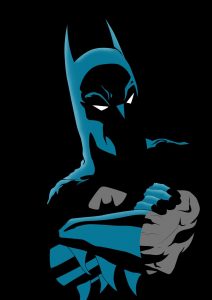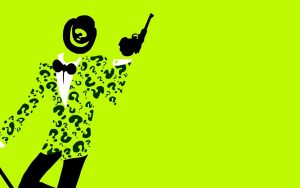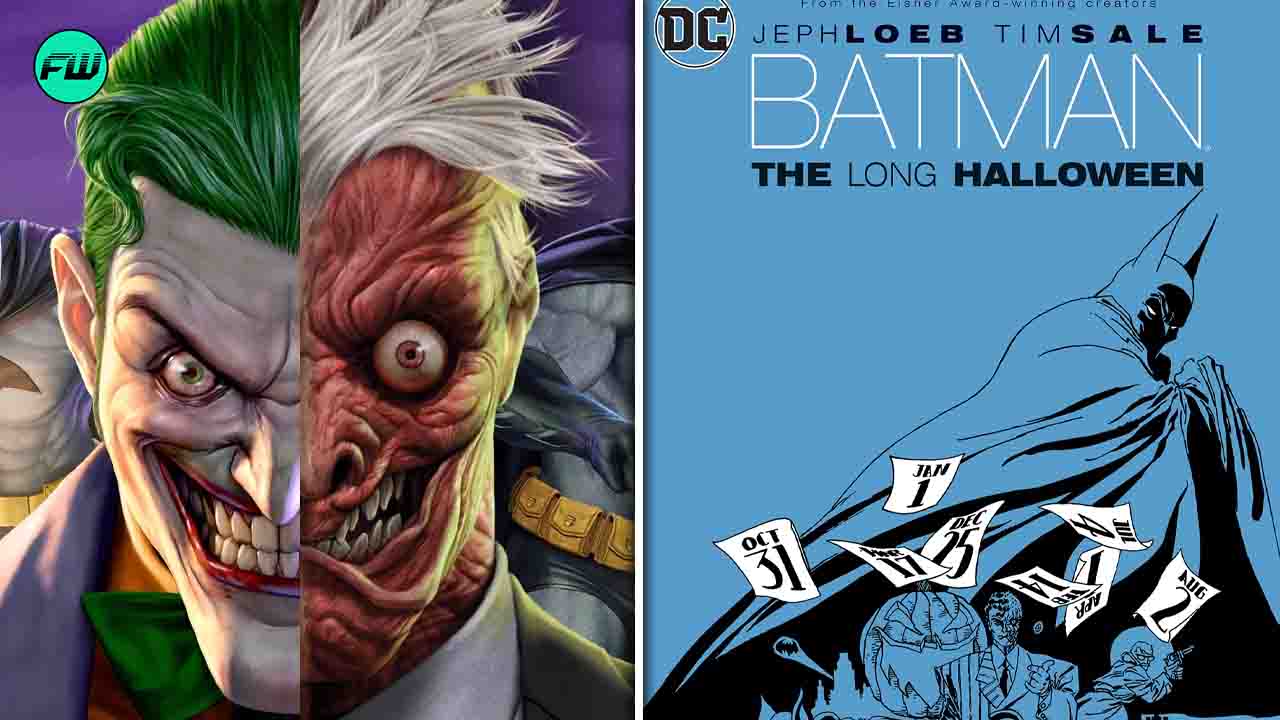Most recent DC animated film adaptation comes in the form of Jeph Loeb and Tim Sales critically acclaimed 1996 graphic novel Batman: The Long Halloween. Split into two feature films, similar to The Dark Knight Returns back in 2012 and 2013, thankfully we didn’t have to wait long for its continuation.

Directed by Chris Palmer, with a captivating new voice actor for The Dark Knight, Jensen ackles returns to the DC animation landscape after his memorable performance as Jason Todd/Red Hood in Batman: Under the Red Hood in 2010. As the former Robin takes on the role as Batman he manages to give both an emotionally resonate version of Bruce Wayne and a stoic but brooding Batman. Now with the direction Warner Media plans on taking the DC property we are happy and satisfied with Ackles as our new Batman. Following Ackles is Naya Rivera’s final film role at Selina Kyle/Catwoman who still gives a smooth and seductive take on Catwoman that we are used to, but also adds a sense of desperation and depth to her performance. However the truly breakout performance comes from Josh Duhmel as Harvey Dent/Two-Face, perfectly capturing both sides to Dents coin as a heroic District Attorney and internally damaged Two-Face.

Many Batman and DC fans could ultimately agree on the impact and influence The Long Halloween has made on comics, let alone Batman stories. Paring it along side the likes of Frank Miller’s Dark Knight Returns and Batman: Year One, Batman: Hush also by Jeph Loeb or Scott Snyder’s The Court of Owls. The Long Halloween follows Batman’s early career as he begins to hone on his detective skills. Those skills are tested when a series of killings began to eliminate known associates of Carmine “The Roman” Falcone with each killing occurring on different holiday’s starting with Halloween. Newly appointed District Attorney Harvey Dent, Police Captain James Gordon and Batman make a pact to bring the the Falcone crime family to justice while attempting to discover the identity of the holiday killer .Now that the iconic story has finally been given the animated film treatment the big question lingers, how does it match up with the source material. In the simplest answer: Yes, the film manages to live up to the comics. However still maintains a few twists and changes that keeps the film original while also staying true to the original material. In this article we will we will be breaking down the significant similarities and differences between Batman: The Long Halloween’s graphic novel and two part film. Warning! There will be spoilers.
The Look

One major change every DC animated film does is change the artistic style. Instead of following Tim Sales iconic art and designs from the comics, it changes up for the new look DC’s animation department has created with their recent films. With bold colors and thick lines, allowing the fluidity of the characters movements to breed on the screen. Following it up with a brand new look for all the characters, standout designs are featured promptly on the Super villains and Batman himself changing the blue Cape and cowl for black, giving him a similar look to his previous designs from Batman the animated series. Catwoman also makes an appearance reminiscent of the animated series, trading the purple for blacks and greys. Another welcoming change was also the look and feel of Gotham City, giving it a depth with its vibrant colors but gothic tones. What the animators managed to do is create a world full of our favorite characters in the style of Bruce Timm’s and Paul Dini’s beloved animated series. Which is always welcomed with open arms by any Batman fan, and The Dark Knight has never looked better.
Scarce Characters

Once again, a spoiler warning is in effect. While the film doesn’t add any new characters into the story, it certainly removes or limits the screen time of others. Carla Vitti being one of the few, while her murder is present in the film, her panels with her brother Carmine or niece Sophia are nowhere in the film. Furthermore, Alberto Falcone is a large part of the movie, but removed a as a fellow assailant of the holiday murders. However, the major change comes in the removal of The Riddler. Specifically in the April Fool’s Day sequence, which is completely overlooked. When Carmine Falcone brings in the Riddler to solve the most important question of all, who is the holiday killer? This then leads to the Riddler encountering the holiday killer himself but is spared his life and left another clue for our heroes as they continue to unravel the identity of the holiday killer. While the film still remains competent, The Riddler’s incorporation in the comic did provide a unique twist on batman’s investigation of the holiday murders still the film manages to tell a compelling story without the use of these characters.
Character Improvements

Despite missing some characters, the film makes up for it by capitalizing on others. Such an example includes The Scarecrow, rather than just being another villain for Batman to punch, The Scarecrow became very much a threat as he takes The Dark Knight into a nightmarish realm of grotesque body horror and tortures Bruce Wayne with the memories of his parents murder. As mentioned earlier, Harvey Dent is given a far more compelling story arc as we witness his downward spiral into Two-Face, adding on the strain of a mental illness to the character as he battles to control his inner demons for taking over. However, the biggest welcome twist is introduced to us with Selina Kyle as she attempts to protect Falcone in order to find out the identity of her mother by her father. Giving Catwoman a much more engaging motivation for her to stay close to The Roman.
The Action Sequences

What seems more as an added bonus, are the intense action sequences that we didn’t get from the graphic novel. In part one, there is an added action sequence at the beginning when Batman and Catwoman come face to face. Rather than just being one to two pages of action, we get an elongated chase sequence between Batman and Catwoman through the rooftops of Gotham City. Furthermore, an additional scene is added where Batman has to face off against Asian gangsters in Gotham’s Chinatown district. Thankfully when it comes to the action there is never a dull moment between the films. More scenes are given ans added weight during the death of Sal Maroni, as Solomon Grundy and Two-Face work together to kill Maroni. But of course the most exciting scene of the film comes towards the end of Part Two when Two-Face gathers Gotham’s villains to wreak havoc on the city and finally put an end to Carmine Falcone. Here we are given and overblown seen between Solomon Grundy, Poison Ivy, The Joker, Scarecrow and The Mad Hatter against Catwoman in Batman. Luckily, the film was given an R Rating which suits the source material and used to its advantage in Part Two.
For fans of Jeph Loeb and Tim Sales original graphic novel, you will not be disappointed. Although the film does make a lot of changes from the book, it still provides one of the most captivating animated Batman films since Batman: Under the Red Hood. This isn’t one Batman fans are going to want to miss and with an exciting post-credit scene, we are excited to see what Warner Media and DC does with Ackles Batman for future installments.


